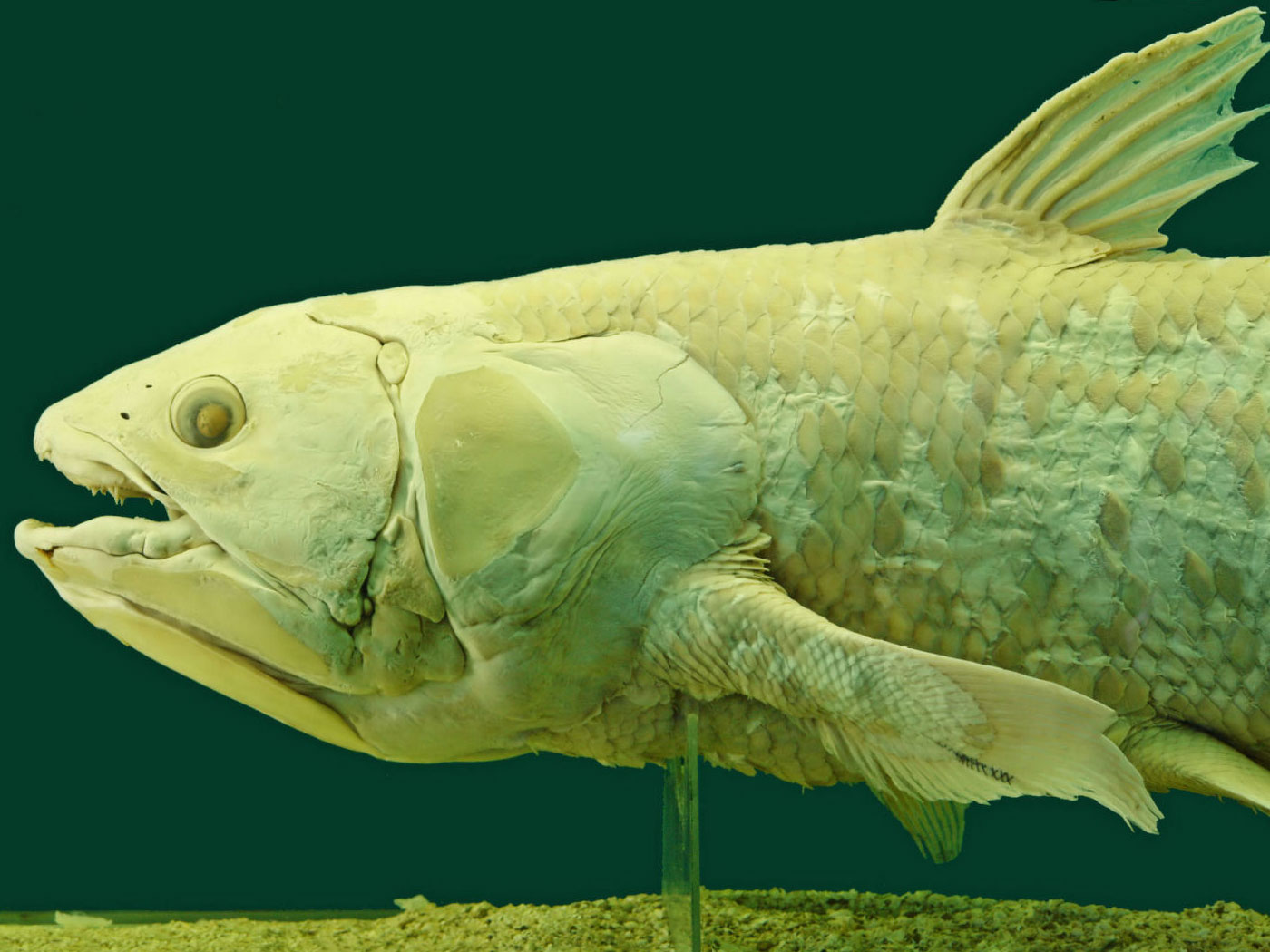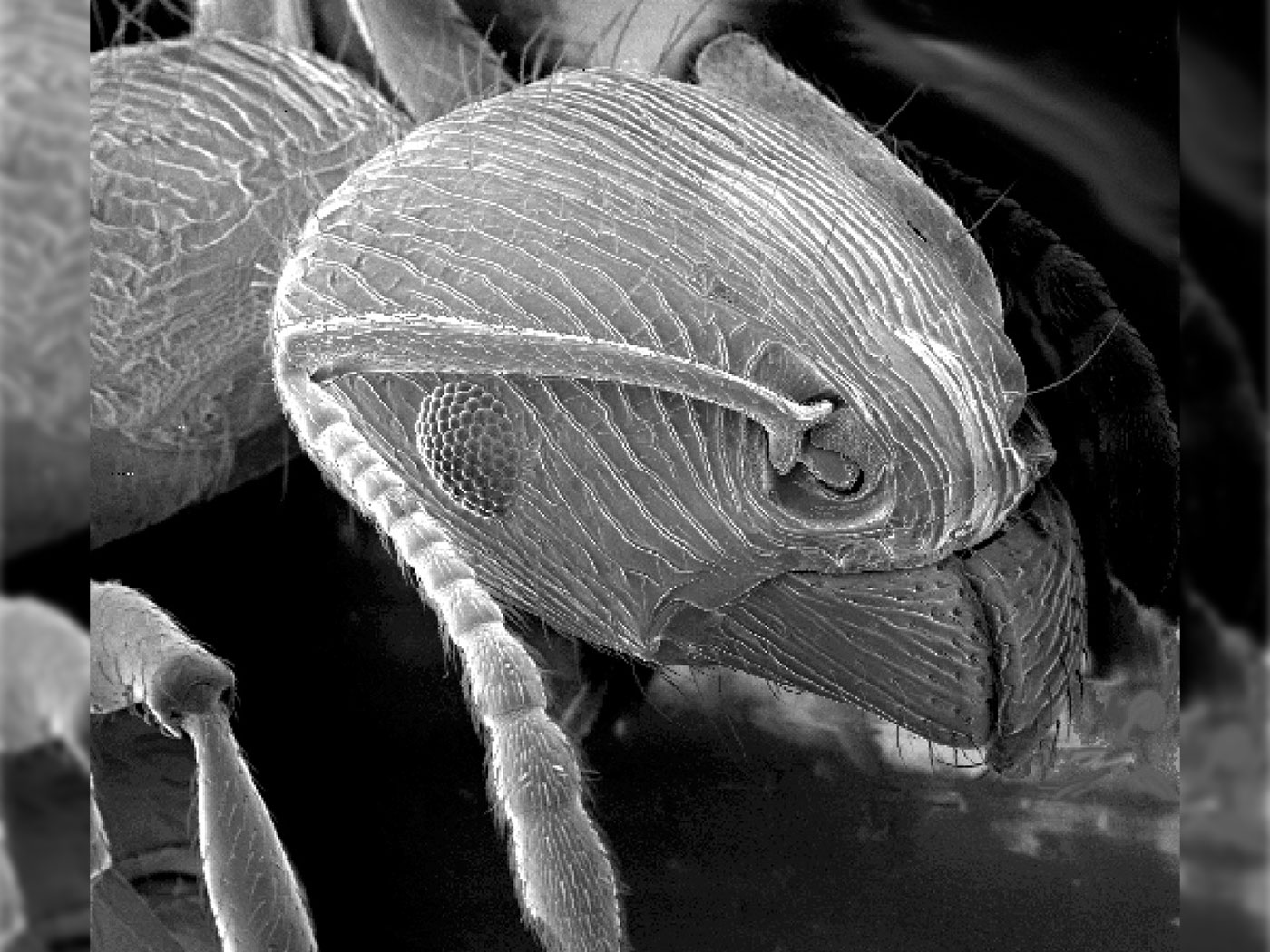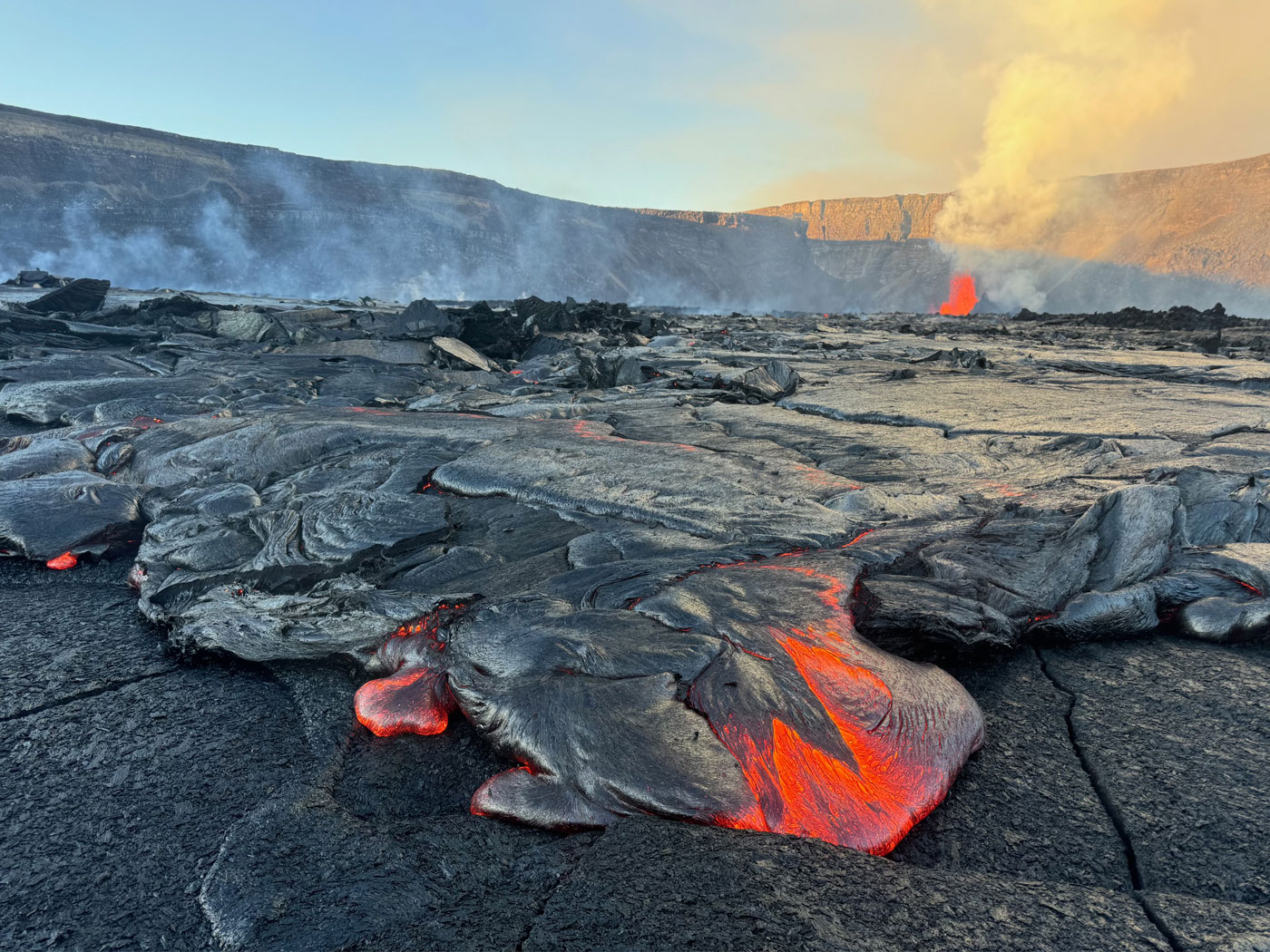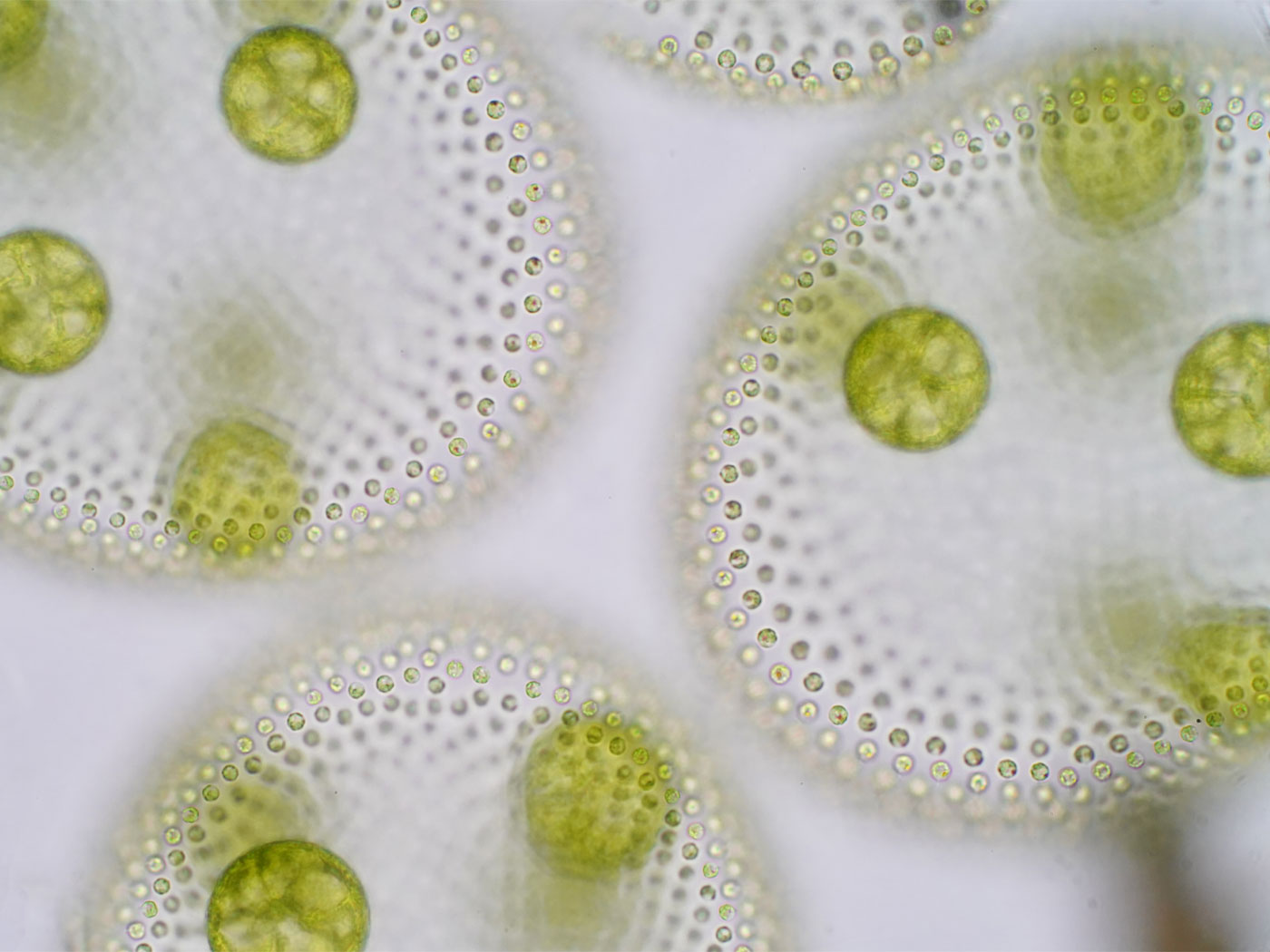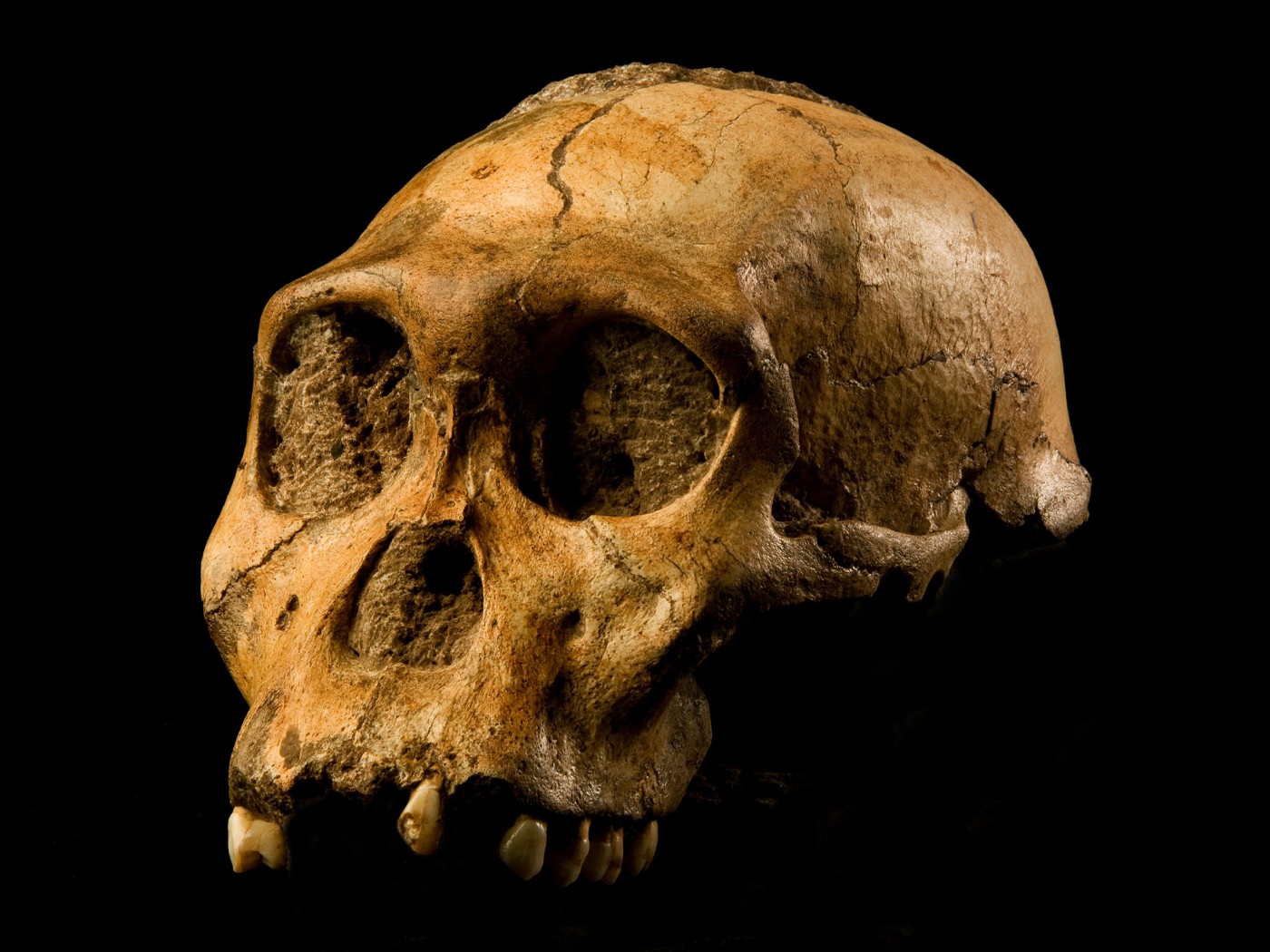Over the past three years, ICR News has featured over 20 cases of original soft tissues found in fossilized remains around the world.1 Since tissues like skin and cartilage are known to spontaneously decay in only thousands of years, these published finds clearly show that the fossils could not be millions of years old.
Careful chemical analyses published in peer-reviewed journals concluded that original tissues—most often protein that had not mineralized—came from the buried animals' carcasses. But many of these studies relied on only a few different detection methods. Now, a team of researchers using special equipment at the MAX-lab in Lund, Sweden, has applied more than six different techniques to verify that tissues from inside a Cretaceous mosasaur humerus bone, which was kept in the Royal Institute of Natural Sciences of Belgium "for many years," consist of mosasaur and not microbial molecules.2 One of those analyses was carbon dating.
First, the investigators chemically removed the mineral matrix from the mosasaur bone, leaving behind the proteins and other biomolecules. Using scanning electron microscopy, they photographed what resembled actual protein fibers. This result was the same as that of a 2001 electron microscope study of mummified Tyrannosaurus rex bone.3
Using transmission electron microscopy, the investigators found that the fibers looked like recent bone proteins. Since the concept of 70 million-year-old flesh sounds so fanciful, many evolutionists have suggested that biological material in fossils came from bacteria instead of being original tissue.4 Much of this study's investigation, therefore, focused on testing whether or not that was the case with these soft tissues. But the long, stringy fibers that they photographed looked nothing like bacteria or bacterial colonies.
Next, they found that the fibers absorbed the standard stain Aniline blue just as readily as modern soft tissue does. This stain is not absorbed by rocks or minerals. The researchers' amino acid analysis results were "potentially indicative of fibrous structural proteins, such as collagen…or its degradation products."2 But in only thousands of years, even sterile collagen degrades into smaller protein molecules, and it would completely degrade into dust after only 30,000 years.5
The team's immunofluorescence procedures detected type I collagen, a hardy protein found in vertebrate connective tissue but not in bacteria. They also employed infrared microscopy, which again clearly indicated intact protein inside the mosasaur bone, as well as phosphate. Phosphate is not contained in protein, but it is a primary constituent of DNA.
The investigators were interested to know whether any DNA present inside the bone would be bacterial or fungal. If not, this would help show that the soft tissues were original to the mosasaur. But DNA falls apart even faster than collagen, and no original mosasaur DNA should be recognizable after 10,000 years.6
Unfortunately, although the authors said that they digitally compared their DNA sequences with others in available databases, they did not publish the DNA sequences taken from the tissue, or the details of any comparisons. Was the DNA that they sequenced actually from the mosasaur? If so, this would certainly help falsify the millions-of-years interpretation of the age of these remains.
The authors provided another reason why this soft tissue is from a more ancient source than modern fungus. They found that the ratio of radioactive carbon (C-14) to non-radioactive carbon (C-12) was less than five percent of that found in living organisms. Upon death, organisms begin steadily losing C-14 from their tissues as it radioactively decays into nitrogen. Its complete decay would require only thousands of years, assuming a constant decay rate in an undisturbed system.
The researchers found plenty of C-14 in their mosasaur—enough to calculate "an age of 24,600 BP [years before present]."2 To explain how any C-14 could be present at all after millions of years, the study authors speculated that the C-14 could have come from recent bacteria. But this doesn't fit well with the data, since "no bacterial proteins or hopanoids [cholesterol-like compounds] were detected."2 Although the carbon source evidently pre-dates any recently arrived bacteria or fungus, it dramatically post-dates the evolutionary age assigned to this fossil. If the source of the carbon was mosasaur tissue (and this is the most straightforward explanation), then the mosasaur's carbon date would be in line with an age of thousands of years, as inferred by the integrity of its soft tissue.
If this creature was buried and fossilized as a direct or indirect result of the Genesis Flood, which the Bible indicates occurred on the order of 4,400 years ago, then partly decayed collagen and small amounts of radioactive carbon would be expected. For that matter, recognizable mosasaur DNA might conceivably be found, though in a highly degraded form. But no amount of any of these could persist after 70 million years.
Non-mineralized collagen protein that is millions of years old defies scientific explanation. And a carbon-date age of thousands of years equally contrasts with the standard evolutionary interpretation that the fossil record represents millions of years of earth history. However, the evidence fits well with the Bible's straightforward history of just thousands of years.
The message from science on the age of fossilized remains is getting clearer, and it is lining up with the Bible even better than expected.
References
- A catalogue of these reports can be found in Fresh Tissues Show That Fossils Are Recent, in the Evidence for Creation section on the ICR website.
- Lindgren, J. et al. 2011. Microspectroscopic Evidence of Cretaceous Bone Proteins. PLoS ONE. 6 (4): e19445.
- Armitage, M. 2001. Scanning Electron Microscope Study of Mummified Collagen Fibers in Fossil Tyrannosaurus rex Bone. Creation Research Society Quarterly. 38 (2): 61-66.
- Thomas, B. 2008. Dinosaur Soft Tissue: Biofilm or Blood Vessels? Acts & Facts. 37 (10): 14.
- Thomas, B. How Long Can Cartilage Last? ICR News. Posted on icr.org October 29, 2010, accessed May 3, 2011.
- Criswell, D. 2006. How Soon Will Jurassic Park Open? Acts & Facts. 35 (6).
Image credit: Copyright © 2011 Lindgren et al, PLoS ONE 6 (4): e19445 (open access article, usage does not imply endorsement).
* Mr. Thomas is Science Writer at the Institute for Creation Research.
Article posted on May 13, 2011.






